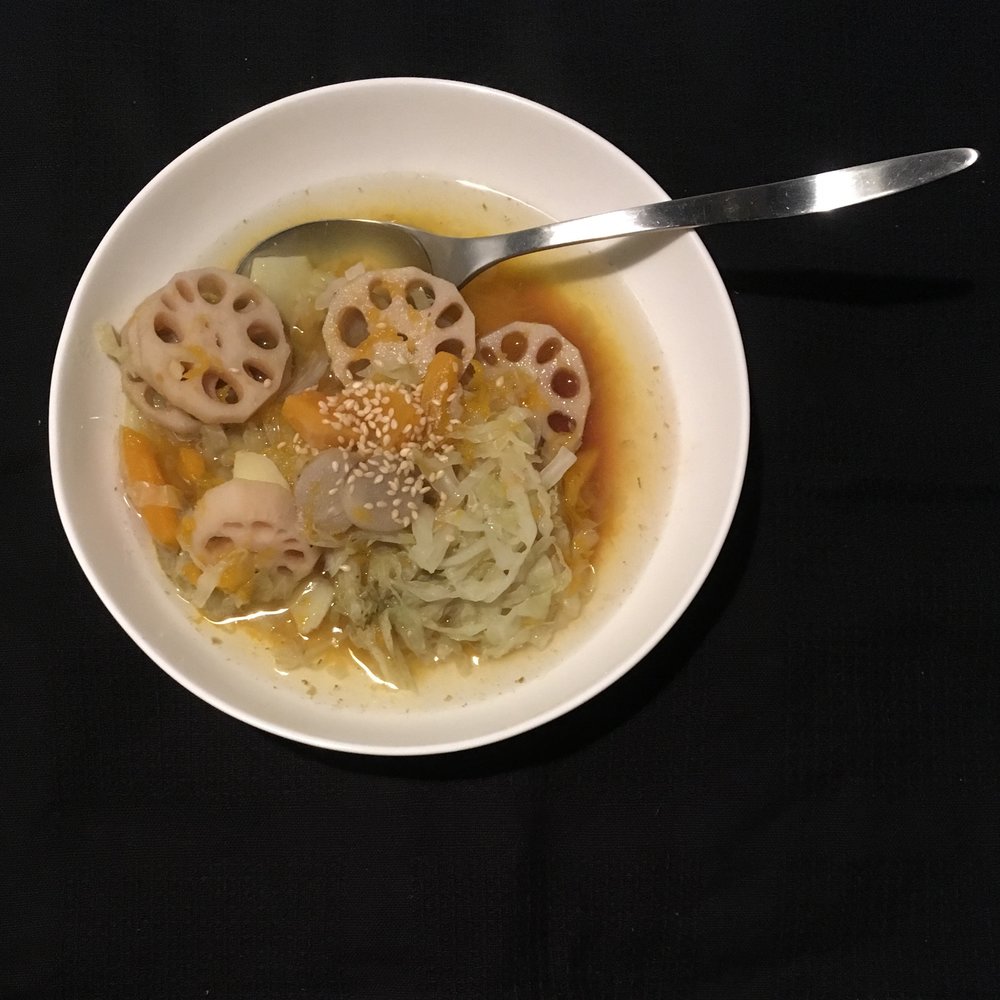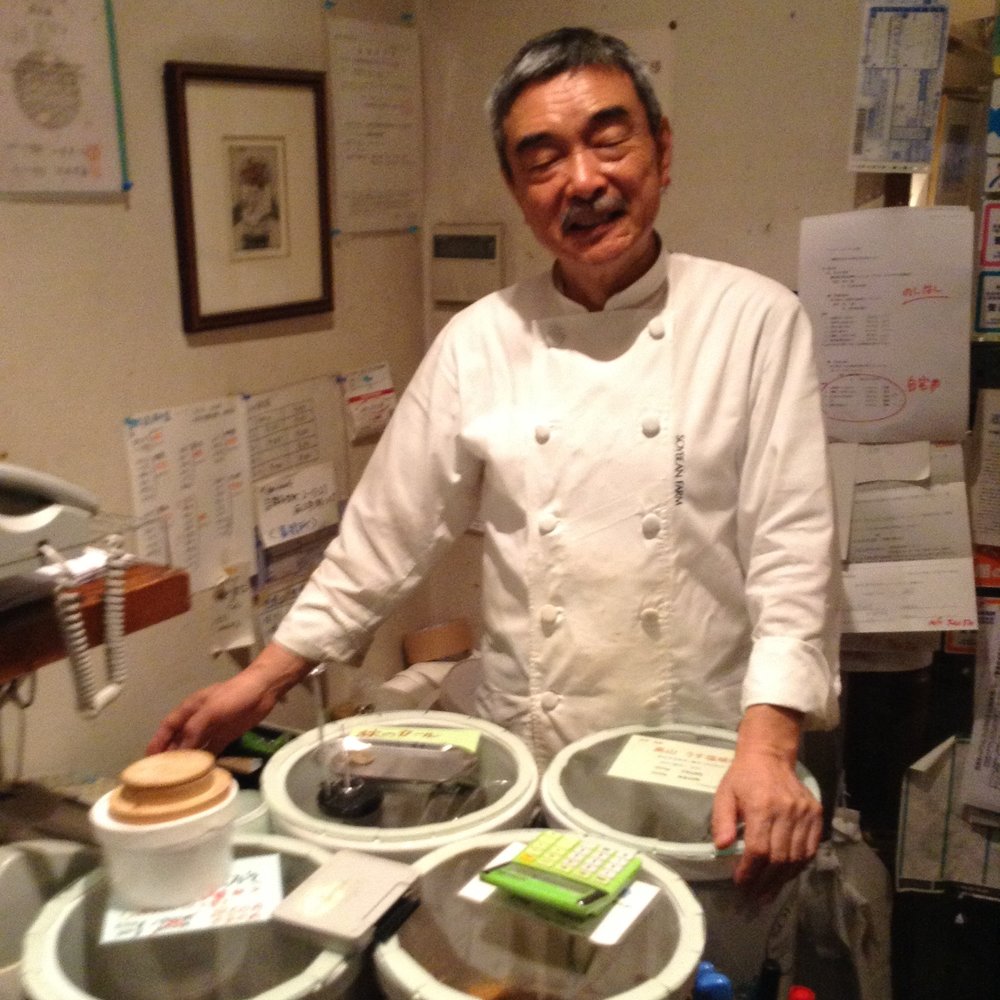
A few years ago one of the main kabuki theater in Tokyo, the Kabuki-za in Ginza closed, was demolished and rebuilt. It reopened a year ago and since then we’ve been a few times to see performances. The theater completely renewed still has a very old style flair, the outside being almost untouched (expect for a tall tower on top of the old-style theater. The inside has been improved a lot but is still very traditional. The performances have also been dramatically improved, probably thanks to the renewal and the media covering of the Nakamura family, one of the kabuki actors group at Kabuki-za, with more attractive plays and even new compositions, more beautiful costumes and makeups that refer directly to Edo era period. This time we went for one of favorite plays: renjishi, or the lion dance. It is always a beautiful play, with a lot of shamisen playing and a very energetic dance, beautiful costumes. Since pictures are forbidden during performances I can only recommend you check by yourself. As usual there are 3 or 4 different plays in one session and all are really very interesting and different in style, acting and purpose. If you are not a Kabuki amateur you may be tempted to buy cheap tickets with poor view, if you do so be sure to bring some binoculars. Kabuki is not just about the music or the overall performance, it’s about facial expressions and costumes. Details matter, so to enjoy the performance you want to see them. That’s why I would actually invest in some better seating, even for a first time, the experience is all the more interesting. Finally, with all these renovations at Kabuki-za, they implemented a system of personal subtitles device. Contrarily to opera their was no subtitles in kabuki. These devices can berented fir 1.000yens, and are really worth. Much better than the audio system they do not impede with the enjoyment and they provide much more than the subtitles, they explain context, history if the play, characters and cultural features.



















